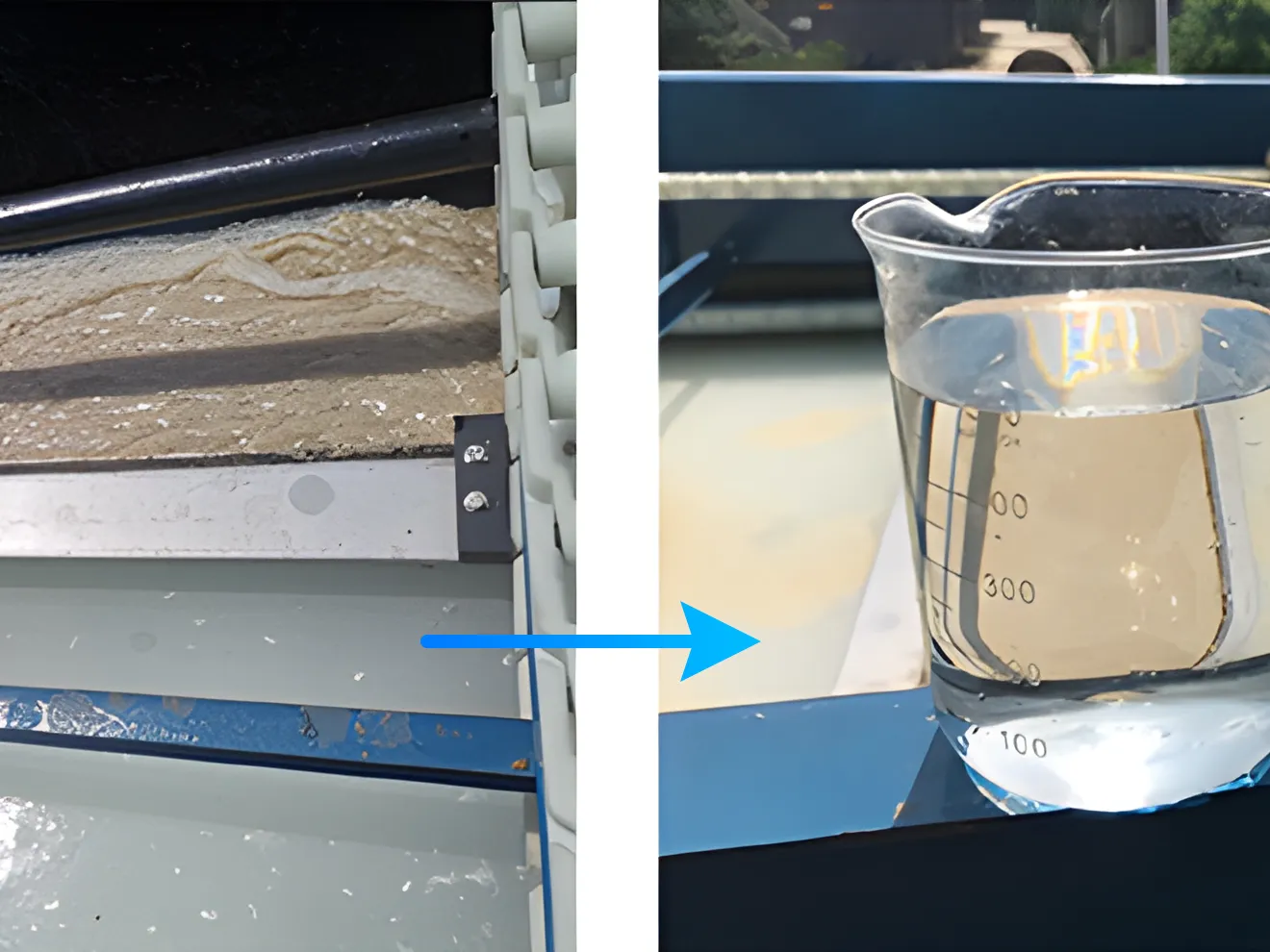Otpadne vode iz recikliranje plastike a pranje je glavni izvor onečišćenja u procesu recikliranja i regeneracije plastike, primarno potječući od čišćenja, odvajanja i mokrog drobljenja otpadne plastike. Koncentracija onečišćujućih tvari u otpadnoj vodi usko je povezana sa karakteristikama sirove otpadne plastike. Za miješane, niskokvalitetne materijale koji sadrže značajne količine nečistoća kao što su čestice papira i zemlje, stvaranje otpadne vode može doseći i do 10 tona po toni otpadne plastike. Otpadne vode proizvedene tijekom faza čišćenja i drobljenja sadrže visoke razine organske tvari i suspendiranih krutih tvari, s kemijskom potrošnjom kisika (COD) koja doseže do 2000 mg/L i suspendiranih krutih tvari (SS) do 500 mg/L.
Nasuprot tome, korištenje uvezenih primarnih i sekundarnih plastičnih kuglica često eliminira potrebu za intenzivnom prethodnom obradom. Čak i ako je potrebno čišćenje, stvaranje otpadnih voda je znatno manje, otprilike 2 tone po toni sirovine, uz relativno niske koncentracije onečišćujućih tvari. U tim slučajevima COD je obično oko 500 mg/L, a SS oko 200 mg/L.
Biokemijski pokusi pokazuju da otpadna voda nastala iz različitih sirovina pokazuje značajne varijacije u biokemijskim karakteristikama, s općenito slabom biorazgradljivošću. Ako se ispušta bez odgovarajućeg tretmana, ova otpadna voda može predstavljati ozbiljne rizike za okoliš.
Obilježja kakvoće otpadnih voda
Tehnička otpadna voda nastala tijekom procesa pranja plastike pokazuje sljedeće ključne karakteristike:
1. Visok sadržaj organskih zagađivača:
Otpadne vode sadrže značajne količine organskih onečišćujućih tvari kao što su organski amini, kemijska potrošnja kisika (CODcr) i biokemijska potrošnja kisika (BPK5), prvenstveno potječući od ostataka na površini otpadne plastike. Složeni sastav ovih zagađivača otežava tretman.
2. Dobra biorazgradivost:
Omjer BPK5/KPK (B/C) otpadne vode je približno 0,30, što općenito zadovoljava zahtjeve za biološko pročišćavanje. Međutim, učinkovit tretman biooksidacijom zahtijeva prilagodbe parametara kao što su pH, temperatura, kvaliteta vode i brzina protoka.
3. Visok sadržaj krutih nečistoća:
Otpadne vode sadrže veliku količinu krutih nečistoća i suspendiranih krutih tvari, zbog čega je potrebna predpročišćavanje.
4. Složeni složeni sastav:
Otpadna voda sadrži razne spojeve, od kojih neki mogu biti otrovni i inhibirati rast mikroba.
5. Značajne fluktuacije u kvaliteti i količini vode:
To zahtijeva da sustav za pročišćavanje otpadnih voda ima snažnu prilagodljivost kako bi se nosio s varijacijama u kvaliteti i brzini protoka.
Projektiranje procesa pročišćavanja otpadnih voda
Glavni zagađivači u otpadnim vodama projekta mogu se klasificirati u dvije kategorije:
1. Suspendirane krute tvari (SS)
2. Organski zagađivači (uključujući COD, BOD i boju)
Prema zahtjevima za ponovnu upotrebu, potrebno je samo uklanjanje SS-a. Proces obrade uključuje dvostupanjski sustav filtracije:
1. Mikrofilter uronjenog tipa:
Ovo se koristi za uklanjanje većine čvrstih nečistoća.
2. Kombinirani pročistač vode:
Ovaj korak dodatno uklanja fine suspendirane čestice.



